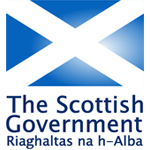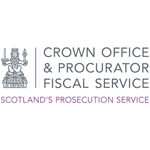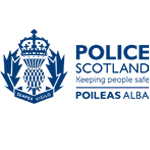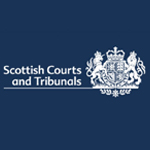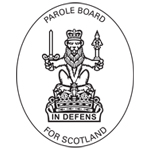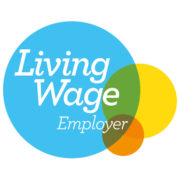Crime in Scotland reduced by almost 50% in last decade
The Scottish Crime and Justice Survey (SCJS) 2019-20 interviewed around 5,600 adults regarding their experiences of crime, including incidents not reported to police.
The interviews took place before COVID-19 restrictions came into effect, revealing that the volume of crime in Scotland is down 46% since 2008-09, with violent crime falling by nearly 39% over the same period.
The official statistics show people are now less likely to be a victim – with 11.9% of adults experiencing crime compared to 20.4% in 2008-09. As with the previous year, adults in Scotland were less likely to experience crime than those in England and Wales during 2019-20, with victimisation rates of 11.9% and 13.3% respectively.
The proportion of adults experiencing property crime fell from 18.0% in 2008-09 to 10.0%, with the estimated number of incidents almost down 49% over this period.
Despite the large reduction in overall crime in Scotland over the years, victimisation rates continued to vary. The likelihood of experiencing any crime was higher among those living in the 15% most deprived areas and urban areas of Scotland. The likelihood was lowest for people aged 60 and over.
The Scottish Crime and Justice Survey does not cover all crime types. For example, experiences of cybercrime and sexual offences are not included in the main estimates and are instead collected and reported on separately. However, some of the most common crimes and responses are summarised below.
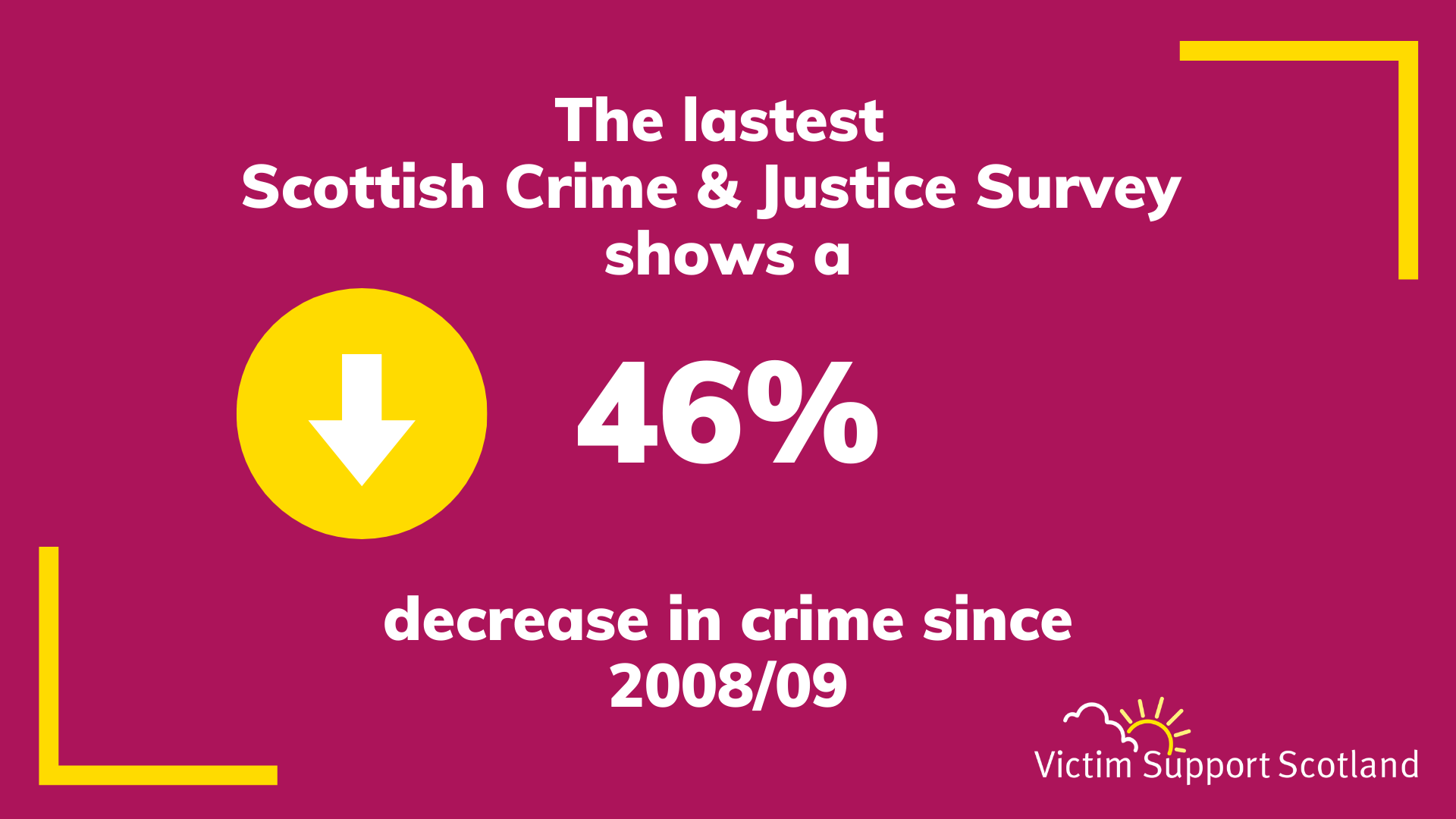
Safety
More people (77% in 2019-20 compared to 66% in 2008-09) reported feeling very or fairly safe walking alone in their local area after dark. However, differences in safety perception remain amongst the population. Women, people in the 15% most deprived areas, those living in urban areas, and victims of previous crime were less likely to feel safe, more likely to be worried about specific types of crime, and more likely to think they would experience crime in the coming year.
Domestic abuse
The survey identified that 12.5% of female respondents had experienced both psychological and physical abuse since the age of 16, while just 4.8% of males had.
Stalking
In the 12 months prior to interview, almost 11.8% of adults experienced at least one type of stalking and harassment. The most common type of stalking and harassment was via unwanted messages by text, email, messenger or posts on social media sites.
People affected by multiple crimes
The proportion of adults experiencing multiple victimisation – where someone is a victim of at least two incidents – fell from 8.2% to 3.6% between 2008-09 and 2019-20.
One in every 100 adults were victims of repeated incidents of violence, but their experiences accounted for almost two-thirds of violent crime in 2019-20.
The impact of crime
Victim Support Scotland recognises that any decline in crime trends is to be welcomed, and while these statistics reveal a generally positive picture of crime rates across Scotland, it is important that we don’t lose sight of the devastating impact crimes, ranging from anti-social behaviour to rape and sexual assault, can have on the person experiencing them.
It remains vital that Scotland’s justice system improves and adapts to the changing nature of crime if it is to support and protect people when they need it most.
Read the full Scottish Crime and Justice 2019/20 report.
Victim Support Scotland is here to help anyone affected by crime. If you need support, please contact us via our helpline (0800 160 1985), our webchat service or our contact form.
Latest news and blogs
-

We’re here – support over the festive period
We know that the festive period can be difficult for people impacted by crime - that's why we'll remain open right through Christmas and New Year.
Read more
-
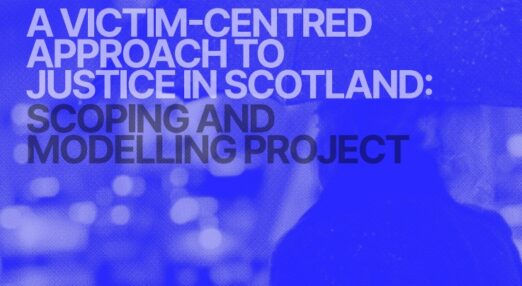
A Victim-Centred Approach to Justice in Scotland: Scoping and Modelling Project
This project, commissioned by Victim Support Scotland, sought to explore how a more victim-centred approach could be realised in Scotland's criminal justice system.
Read more
-

Concern over impact of new early prisoner release bill as Scotland’s crime stats revealed
Victim Support Scotland has expressed concerns about the impact of the Prisoners (Early Release) (Scotland) Bill, which was passed by MSPs yesterday, in light of new crime statistics revealed by the Scottish Government.
Read more
-
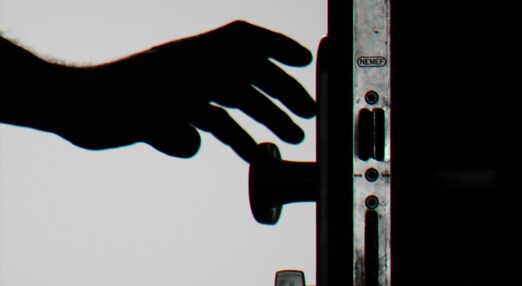
Victim Support Scotland voices concerns about Prisoners (Early Release) (Scotland) Bill
Victim Support Scotland has voiced concerns about the Prisoners (Early Release) (Scotland) Bill.
Read more
-

Media Reporting on Child Homicide – Victim Support Scotland Consultation Response
Victim Support Scotland's response to the Scottish Government consultation on Media Reporting on Child Homicide.
Read more
-
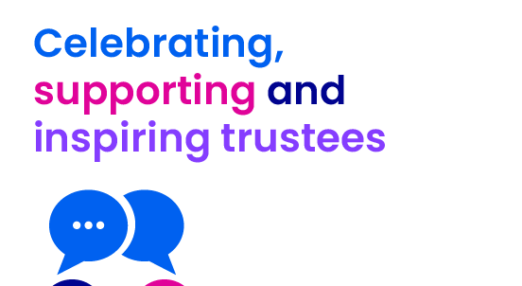
Highlighting the role of Trustees at VSS
We sat down with Gillian Imery, one of our trustees, to chat about the role she plays, why she decided to get involved with VSS, and how her skills and experience enrich our charity.
Read more
-

Statement on Homicide in Scotland figures
Victim Support Scotland has released a statement in response to the Homicide in Scotland figures released by the Scottish Government.
Read more
-
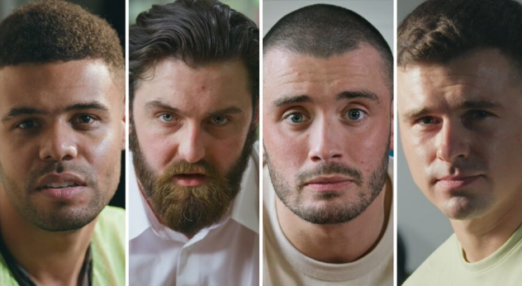
Statement on Police Scotland rape statistics
Victim Support Scotland has released a statement on the figures released by Police Scotland which show an increase in the number of rape cases reported within the last 6 months, alongside the launch of the latest 'That Guy' campaign.
Read more
-

Victims of hate crime need to have their voices heard
This article by our Chief Executive Kate Wallace argues why more must be done to support victims of hate crime.
Read more
-

Statement on Scottish Government’s plans for Victim Notification Scheme reform.
Victim Support Scotland has released a statement on the Scottish Government's plans for reform of the Victim Notification Scheme.
Read more
-
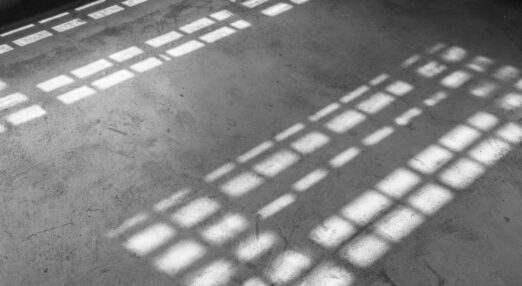
Statement on Scottish Government plans for long-term prisoner release
Victim Support Scotland has released a statement on the Scottish Government's plans for long-term prisoner release.
Read more
-

Experiencing Hate Crime – Helena’s* story
When Helena’s* partner became disabled as a result of a severe stroke, they began to experience a series of hate crimes perpetrated against them by a neighbour. VSS supported her during the court process, towards the end of her ordeal. This is her story.
Read more

